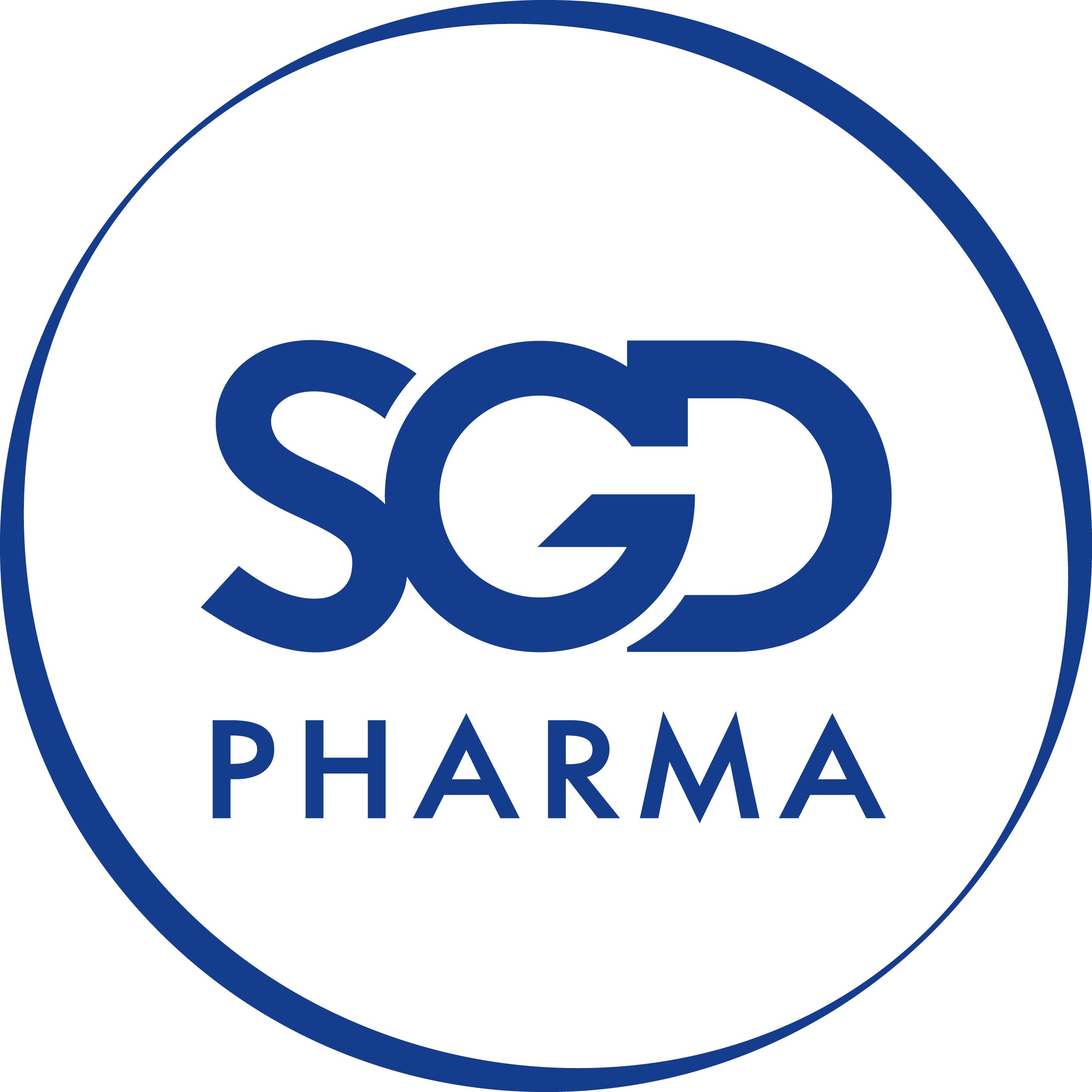In 2021, worldwide capacities of tubular glass vials have been under stress to cover the global market need and this trend is expected to continue.
To face this challenge, pharma, biopharma and veterinary customers may validate multiple sources of glass vials (tubular and molded) to alleviate the strain currently placed on their supply chain. Whether you are developing a COVID-19 vaccine or new treatments, or if you are a CMO filling parenteral drugs, we understand that the integration of a new container solution in a manufacturing process designed for tubular glass vials can be a challenge from both a regulatory and a manufacturing point of view. Alongside regulatory hurdles, some adaptations to your manufacturing process may be required to address the differences between tubular and molded glass vials in terms of machinability. However, the benefits far outweigh the challenge of a lack of vials for your drug, which impacts time to market and brand confidence. At SGD Pharma, we want to share our expertise and demonstrate the support available to help you avoid supply chain bottlenecks. We have analyzed the current challenges and have the experience to support you to ease the switch to or integration of molded glass vials in your SOP.
Please join Dr. Jingwei Zhang and Carole Grassi Mircich from SGD Pharma to learn about the characteristics of molded and tubular glass and what considerations should be made when evaluating a new glass packaging solution for parenteral drugs. This webinar will then focus on how advances in Type I molded glass vials can help you to overcome some of the challenges of aseptic filling: Tim Wenzel from GILYOS will present his cutting-edge research on lyophilization and the advantages of innovative vial design on heat transfer, and Markus Heinz from Syntegon will present his technical study assessing the processability of molded glass vs tubular glass in the depyrogenation tunnel.
If you work in a pharma or veterinary drug manufacturing lab or a CMO and want to learn more about how to mitigate the risk of supply chain disruptions for glass packaging, please register for our webinar.
Key Learning Objectives
- Understand the position of molded and tubular glass in the parenteral packaging market and know which glass types are suitable for parenteral drugs.
- Learn the key benefits of introducing molded glass vials into your portfolio.
- Understand the latest developments in molded glass vial design and aseptic processing.
- Learn how to incorporate molded glass as an alternative/additional packaging solution.
Target Audience
- Head/vice president of innovation,
- Head of primary packaging development,
- Manager of R&D for primary packaging,
- Packaging development manager,
- Vice president of operations,
- Scientific in charge of new drugs developments,
- Head/Director/Vice president of operations,
- Head/Director/Vice president of Manufacturing operations,
- Process/Product Development Manager,
- Head/Director/Vice president of procurement,
- Sourcing Manager,
- Purchasing Manager,
- Plant manager,
- Project Manager,
- Project manager of new production facilities or production capacity extension,
- Business Development manager,
- Aseptic area manager,
- Research & development engineer,
- Quality Assurance Engineer,
- Product manager,
- Consultant on transition from clinical phases to industrialization phases of new drugs





